Address
15151 San Fernando Mission Boulevard
Mission Hills, CA 91345
United States
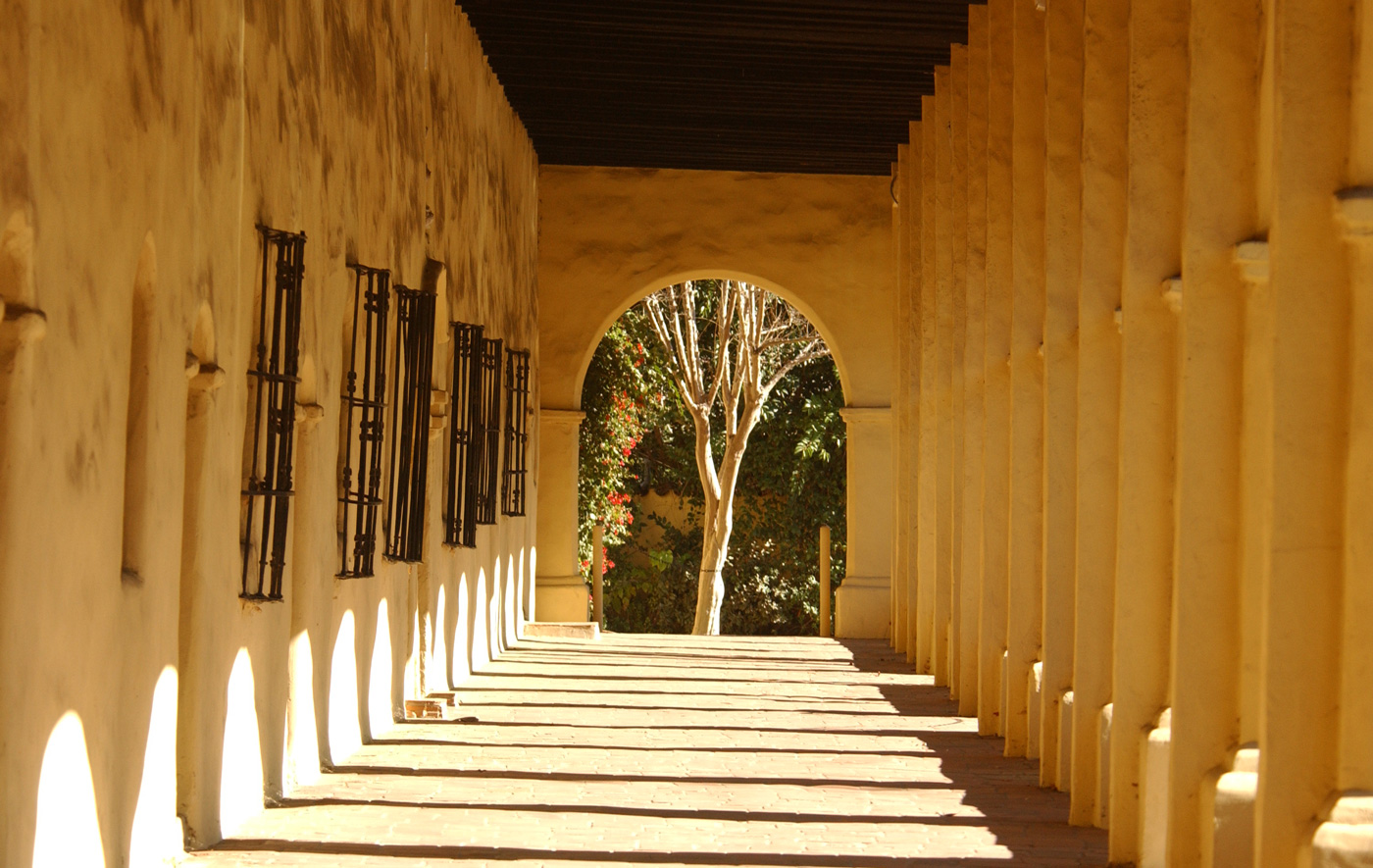
Founded:
September 8, 1797 - The 17th California Mission
Also Called:
San Fernando Mission; La Misión del Señor Fernando, Rey de España (The Mission of Saint Ferdinand, King of Spain)
Current Status:
Active Roman Catholic Church of the Archdiocese of Los Angeles.
Summary:
San Fernando Rey de España was founded on September 8, 1797. This mission is organized around a large quadrangle, with a simple adobe church located in one corner. A Convento (the padre’s quarters and a guest house) branches off the quadrangle. The Convento has a stunning colonnade with 19 arches, bordering the full length of the building.
15151 San Fernando Mission Boulevard
Mission Hills, CA 91345
United States
The mission is located in the San Fernando Valley. Unless you are familiar with the freeway system in the San Fernando Valley (the mission is located in the middle of a triangle formed by Interstate 5, Interstate 405, and the Semi Valley Freeway), use your car navigation system to get to Mission San Fernando.
The most direct route from Los Angeles is to take Interstate 5 North to Exit 157B and take San Fernando Mission Boulevard. The mission is less than a mile on the left side of the road.
It does not appear that this mission has an active website.
818-361-0186 - Mission Gift Shop (General Switchboard). Extension 2 will get you to the Mission Gift Shop. Be patient as the line is often busy.
Please contact the mission directly by telephone at the number provided above.
Due to Covid-19 restrictions, it is best to check for current information.
The San Fernando Mission holds Catholic Weddings all days except Sundays. Couples must provide their own priest and secure the permission of their Pastor to be married at the mission.
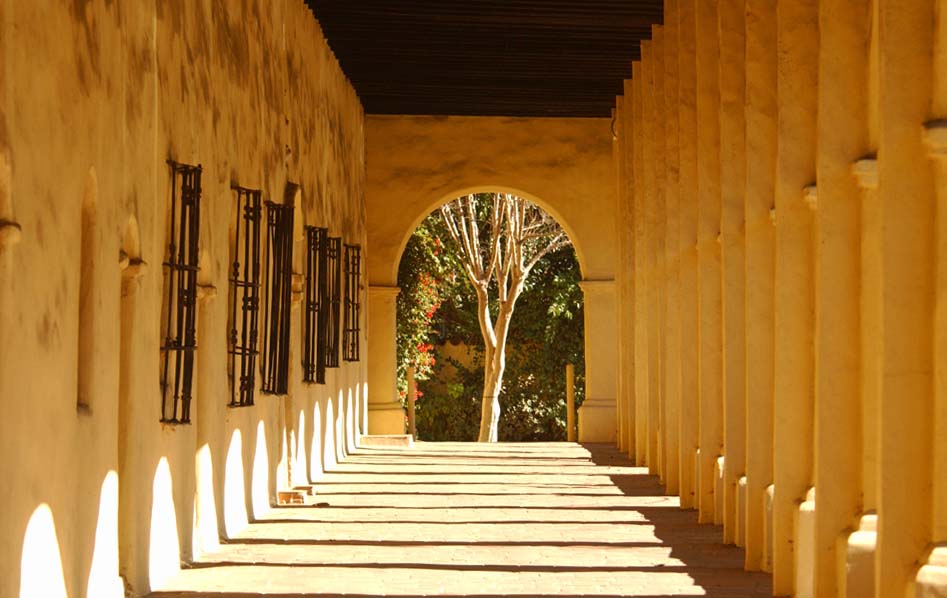
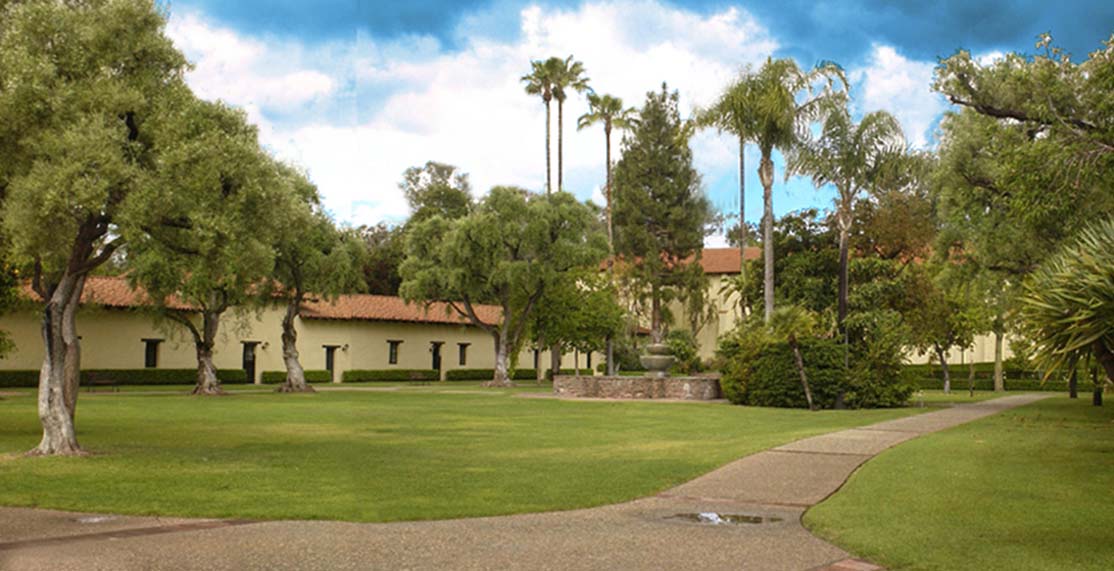
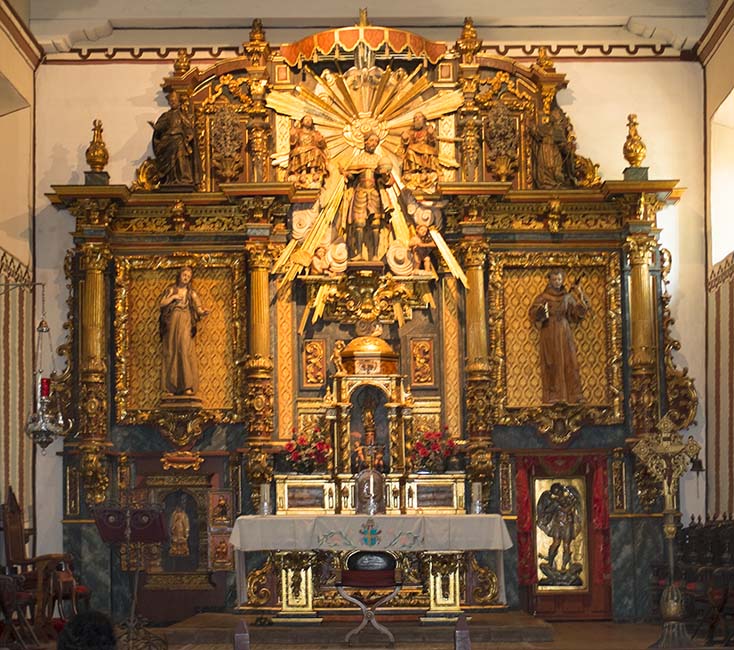
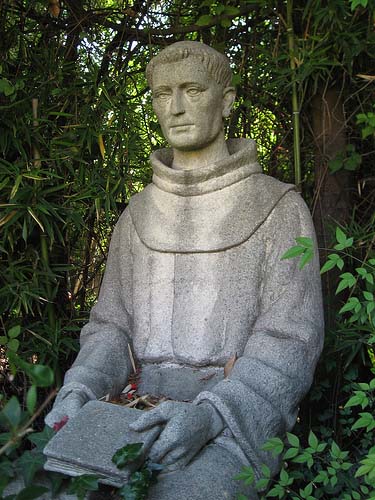
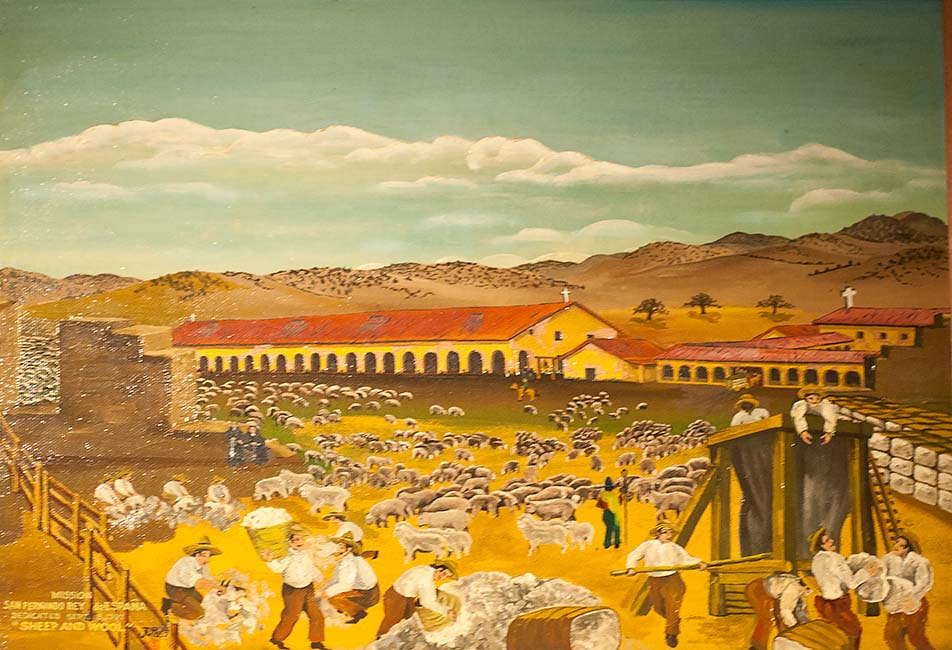
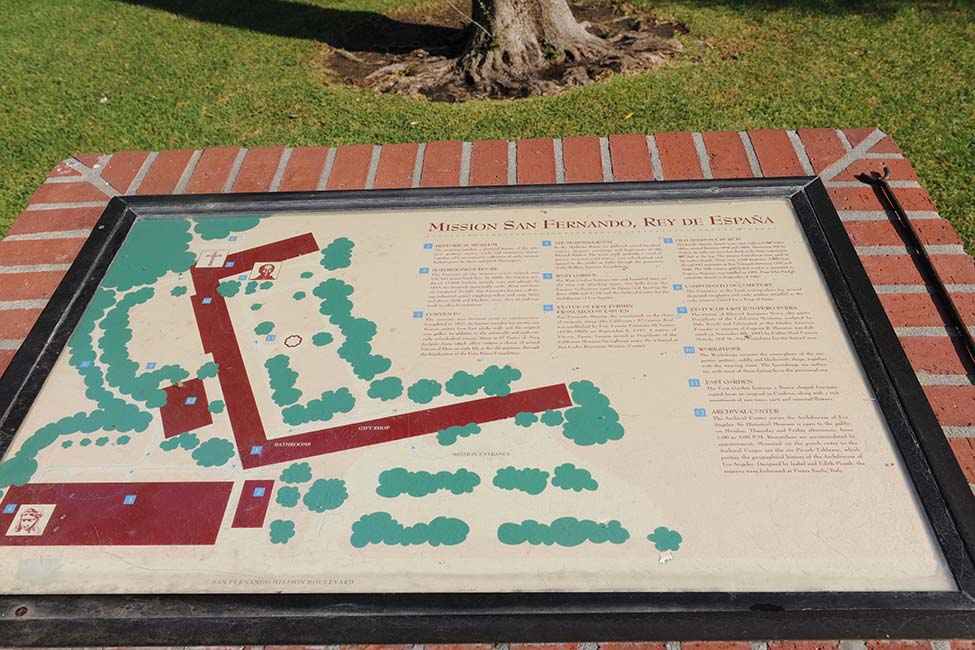
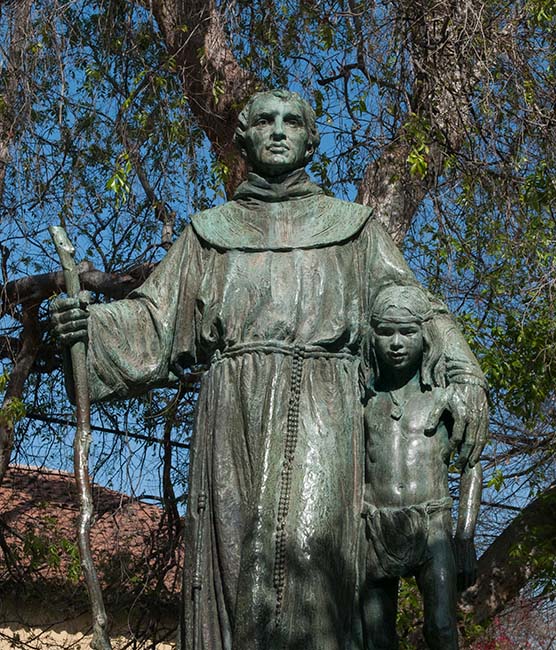
1834
1861
St. Ferdinand, King of Spain in the 13th century.
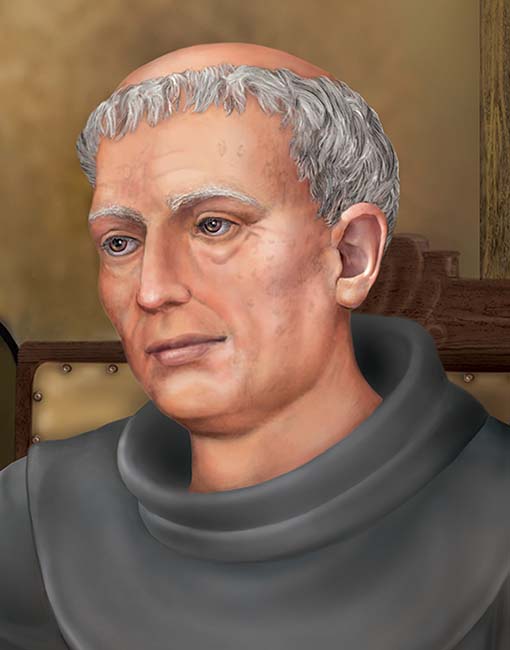
The Mission Indian neophytes of San Fernando were referred to as Fernandiños after the mission. Though originally identified with the Tataviam and Gabrielino-Tongva, in the 20th century mission Indian descendants of San Gabriel and San Fernando adopted the name Tongva.
The Tongva were recognized as a distinct tribe by the State of California in 1994. They have sought Federal recognition for decades. To learn more about this Indian tribe, check out their website.
Established at the native site of Achooykomenga/Pasheeknga, in a spacious valley on the Spanish grazing concession of Rancho Los Encinos held by Don Francisco Reyes.
Whereas the Spanish referred to the region as El Valle de Sata Catalin de Bononia de los Encinos, the Tataviam called the area Achois Comihabit.
Traditional quadrangle. A large hospice called the Convento, or Long Building, built in 1822, branched off the quadrangle.
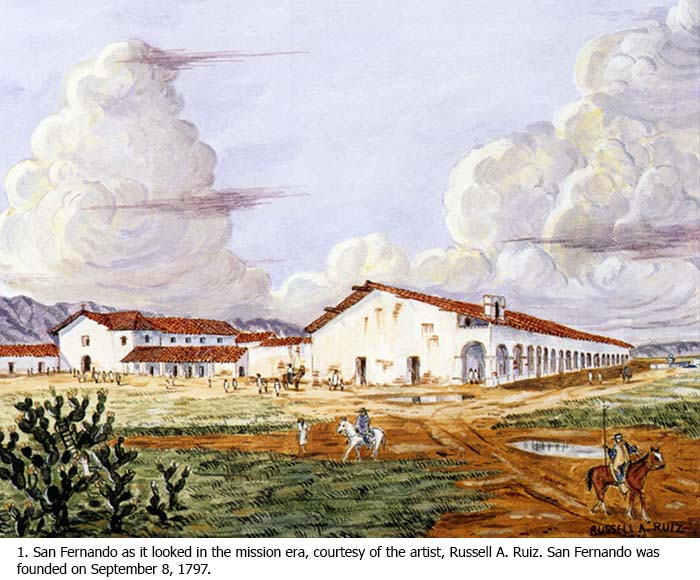
Several springs provided abundant water and a vast irrigation system supplied the missions and its lands.
By 1811 the mission population reached 1,081 and stayed over 1,000 for the next ten (10) years. There were still 400 former neophytes resident at San Fernando in 1843.
In its peak year, 1819, San Fernando had 12,800 head of cattle, which were a major source of food and revenue. The mission also had a large number of sheep (an average of 5,000 in its peak year).
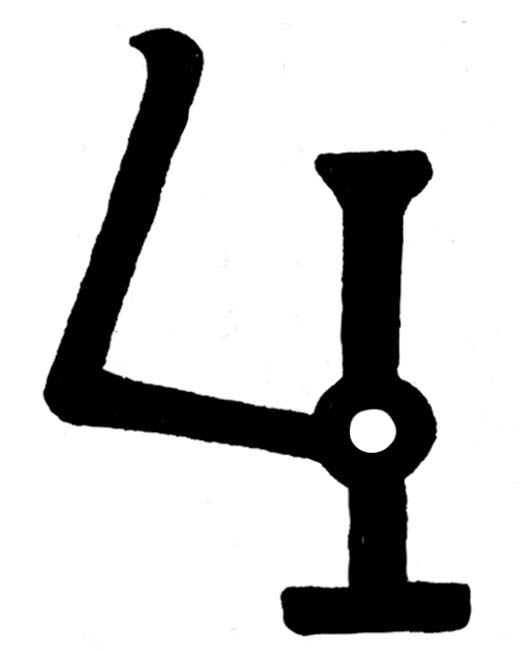
Over the years 1798-1832, San Fernando harvested over 156,000 bushels of wheat, barley, corn, beans, peas, garbanzos (chickpeas), and habas (broad beans). The last inventory recorded 32,000 grapevines and over 1,000 fruit trees.
The simple mission church is an exact replica of the third (3rd) church completed in 1806 and destroyed by an earthquake in 1971.
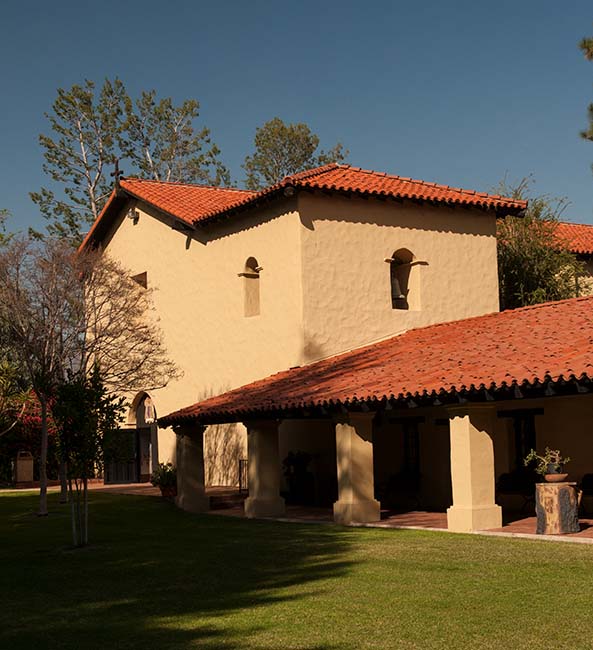
A bell hangs in the belfry of the church. Another bell, weighing 100 pounds and dated to 1796, bears inscriptions for both Mission San Fernando and a Russian Orthodox Church official of the island of Kodiak, Alaska. It is believed by some that the bell originated with Nikolai Petrovich Rezanov's 1806 Russian trading expedition to Alta California.
The elaborate altar, reredos, and pulpit are carved from walnut and date to 1687. They were originally installed in the Chapel of St. Philip Neri at Ezcaray, Spain, and reassembled in part at San Fernando by California Missions' curator Sir Richard Joseph Menn of the Diocese of Monterey.

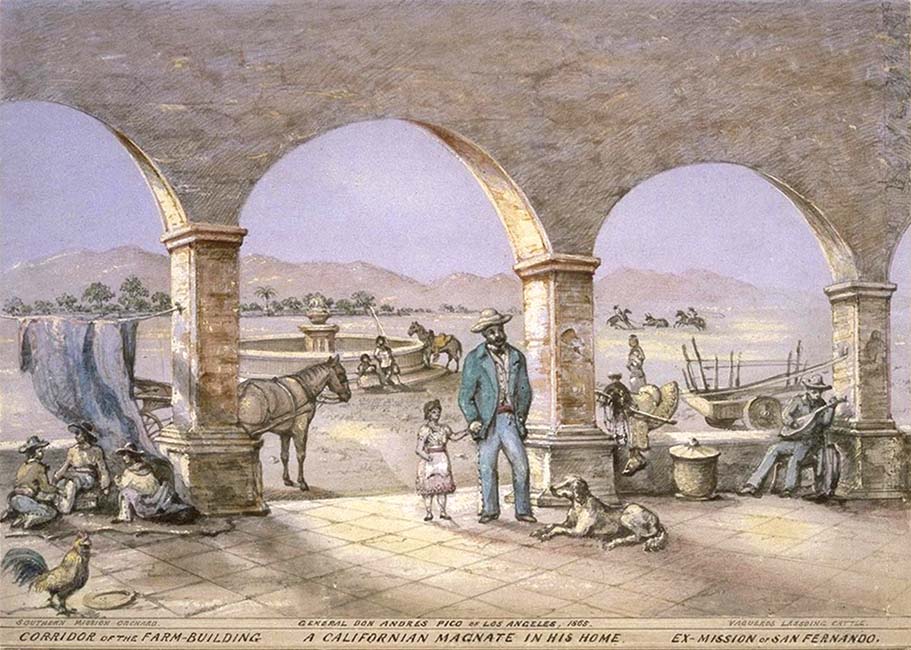
This Historical Image Gallery contains images depicting an exact replica of the mission's third church, completed in 1806, and several illustrations of the mission complex as it looked in the mission-era.
The most captivating building at San Fernando Rey de España is the Convento or Long Building which dates to 1822. A colonnade with nineteen (19) arches borders the full length of the building which measures 243 feet by 50 feet.
The Contemporary Image Gallery contains more recent photographs taken by several different photographers from around the Church gardens and the Church interior.







